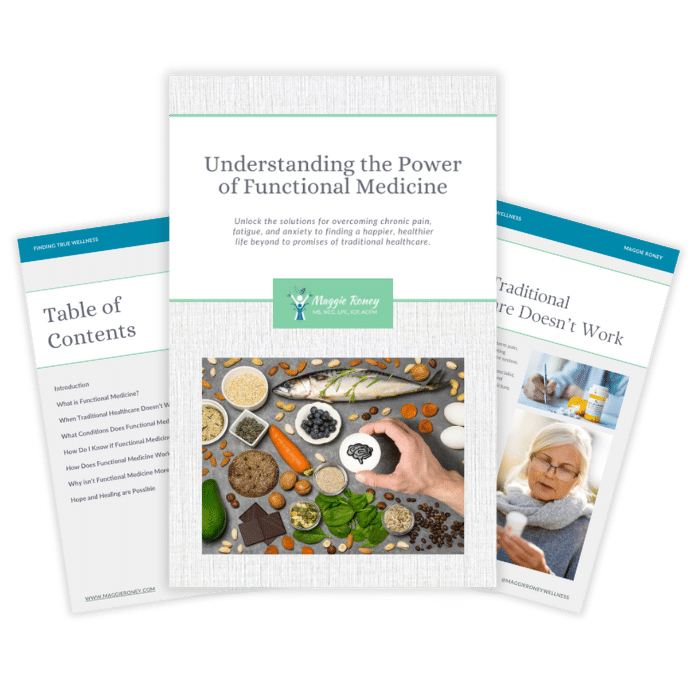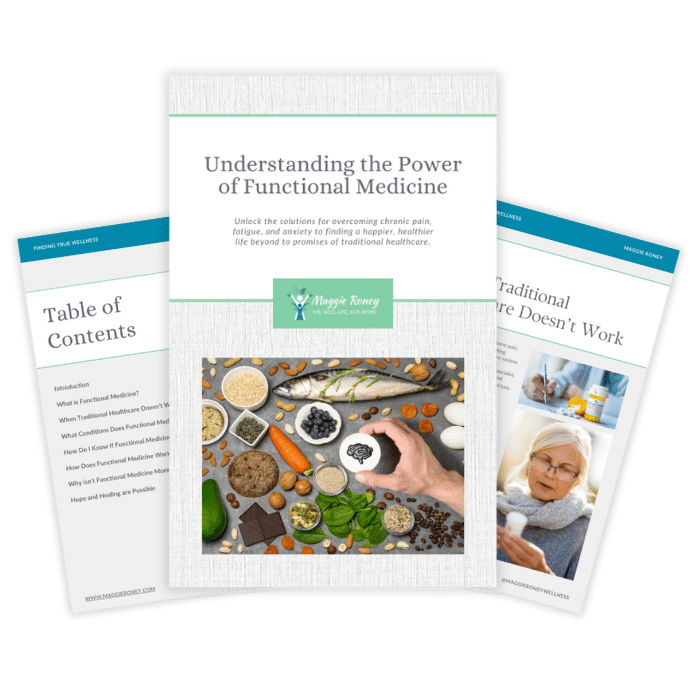An Introduction
As a licensed counselor who focuses on treating childhood trauma, I meet with kids and adults every day who want to work through their pain. I receive calls from many people seeking counseling who aren’t necessarily victims of childhood trauma, who I refer to other providers. How do I know who I can help, and who can receive help elsewhere? To answer that, I need to start by explaining trauma.
We’re all affected by trauma at some point in our lives. In fact, trauma is the Greek word for “injury” or “wound.” Today, we think of trauma as anything that negatively impacts the psyche or causes injury. And there are different levels of trauma, just like there are different types of injuries or wounds.
Nearly everyone deals with distressing events or “small t” traumas. Think of small t trauma as the events that we talk openly about. Financial worries, a job change, divorce, infidelity, adopting a child or even planning a wedding can disrupt our normal ebb and flow and leave us feeling hurt, helpless or out of control. This is totally normal — so normal, in fact, that our reaction to “small t” trauma is often seen as an overreaction and dismissed by others.
Just because it’s common, it doesn’t mean that small t trauma isn’t legit. If we don’t process it, it can lead to long-lasting problems like low self-esteem, concentration issues, and difficulty regulating our emotions. But with a bit of focus and care, we can generally work through small t traumas and come out stronger on the other side.
“Big T” traumas are the extraordinary events that can alter who we are and how we approach our lives. Natural disasters, rape, abuse, war, and combat are all examples of big T traumas. Combining multiple small t traumas, like a nasty divorce with a child custody battle, for instance, could add up to a big T trauma. Here in Texas, Hurricane Harvey or even the major hail storm that hit Wylie in the spring of 2016 could be big T trauma events for kids. Needless to say, big T trauma can leave lasting damage if the feelings aren’t dealt with. Victims can have emotional and physical manifestations, including chronic PTSD.
When you witness another’s trauma, it’s called secondary trauma. A child who witnesses a parent being abused, for example, has experienced secondary trauma. And just like small T trauma, secondary trauma should not be ignored or dismissed.
Childhood trauma can affect brain development, which cascades into a long list of potential physical, emotional and cognitive issues (we’ll explore this more in future posts). And kids store their memories of traumatic events in a sensory-motor format, meaning they use they can feel it using their five senses. That allows counselors like me can help them work through their trauma through tangible therapies like art, sand, play and a technique called EMDR. My therapy methods go beyond talking through feelings on a couch, allowing me to help clients who have experienced trauma in childhood find peace and happiness.
I hope you will stay tuned and check out my next post on PTSD, and learn why some of us suffer while others experience resiliency.



